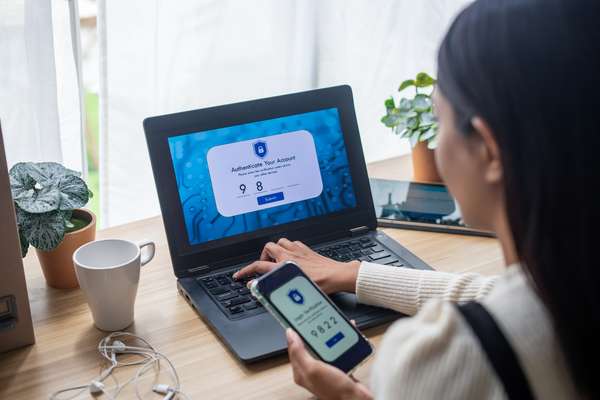Online safety tips for savvy shoppers

With online shopping sites you can browse hundreds of outfits, pairs of shoes and the latest technology without leaving the house. But how do you know if the site is the real thing?
Find out if the seller is overseas
If the seller is not in Australia, you may not have the same consumer rights.
-
You might also find it hard to contact them for a repair, replacement, or refund.
-
An overseas seller might also charge you an international transaction fee.
-
Also make sure to check whether you will be charged an international transaction fee by your credit or debit card provider.
For more information, see the ACCC website.
Check the website
Before you enter personal or payment details online, do some checks. If you haven't heard of the business, read independent reviews that aren't on the seller's website.
You could also use a website checker such as Google's Safe Browsing URL checker or Whois to find out when the website was registered and contact information.
Use trusted sellers
Research online shopping websites before you buy and stick to well-known, trusted businesses.
Know the warning signs
Extremely low prices, payments through direct bank deposits, and online stores that are very new or have limited information about delivery, return and privacy policies can all be signs of a scam.
Take additional precautions
It is always a good idea to limit the amount of personal information that you use on websites. Ask yourself if the website really needs this extra information or an account to complete the transaction.
Record your online purchases
Keep a record of your online purchases, including photos and descriptions of the items.
-
Make sure you receive an email confirming your purchase before closing your browser.
-
Write down your receipt or reference number.
-
Check that you've been charged the right amount.
-
Know your rights as a buyer
Read the terms and conditions carefully, including:
-
The returns policy
-
Postage or delivery fees
-
Packaging or handling charges
-
Local currency costs, including currency conversion fees if the purchase is from overseas
-
Any international transaction fees
-
Import duty or taxes
Keep your details safe
-
Password-protect all your devices and make sure they have the latest updates installed.
-
If you're using a public Wi-Fi network, don't send or receive sensitive information — for example, don't log in to your online banking or use your credit or debit card.
-
Only use an official company app from the Apple Store or Google Play store.
Use secure payments
-
Avoid saving payment information to an online shopping account.
-
Pay for your items using PayPal, PayID, or a credit card. These are more secure ways to pay and offer another level of protection if something goes wrong.
-
Never use direct bank deposits or money transfers. It's rare to recover money sent this way.
Check your bank statements
If you shop online, check your credit or debit card and bank statements regularly. Make sure you've been charged the right amount.
Watch out for fake delivery scams
Don’t let your guard down while you’re waiting for your goods to arrive. Cybercriminals can send fake parcel delivery notifications with links that could trick you into downloading malware or giving away your personal details. If you receive such a message, do not click on the link. Delete the message immediately. You can contact the seller or the courier company using the details on their official website.
For more information, visit:












